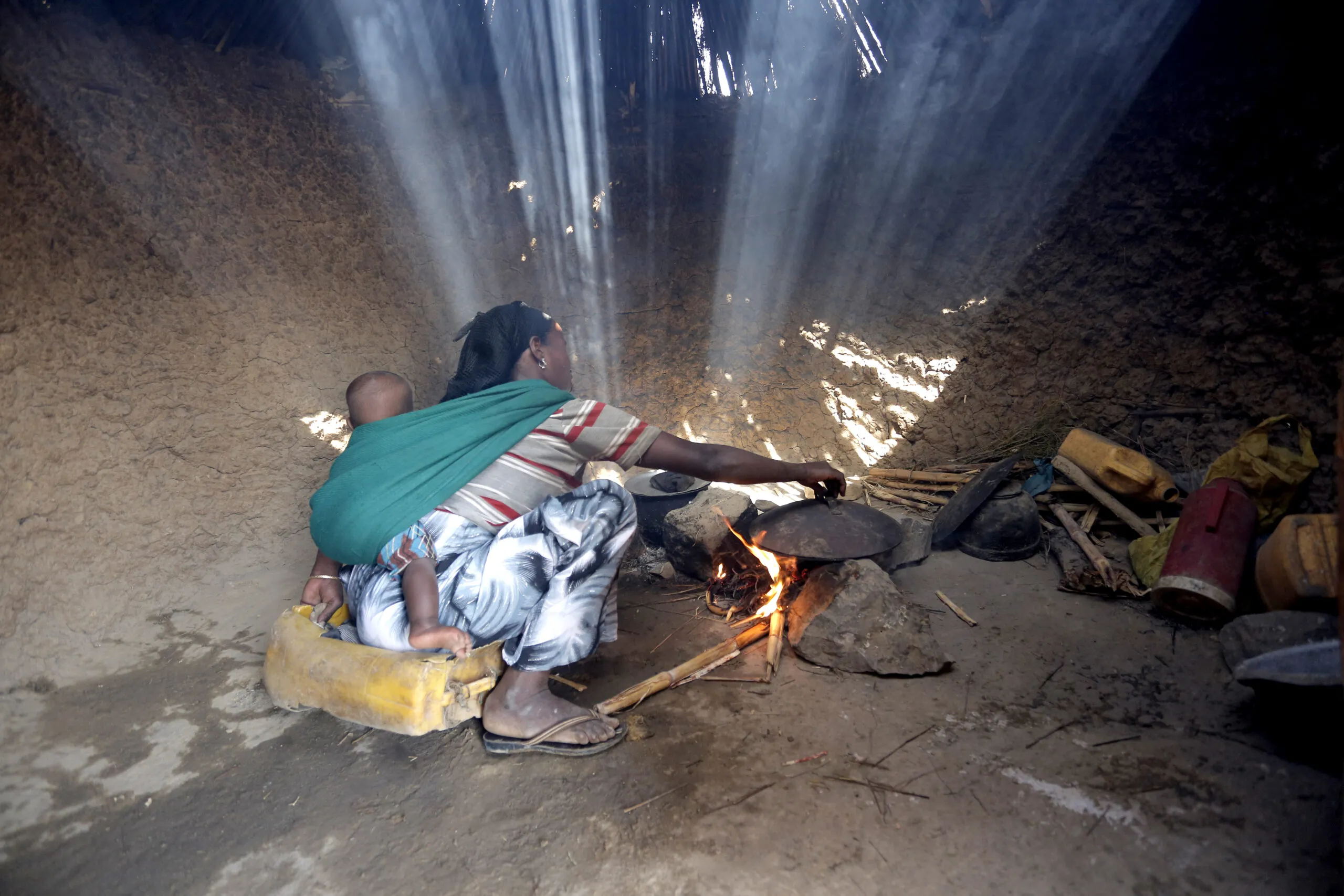A new study—Knowing Better, Responding Worse: How Mistakes from 2008 Led to the Food Crisis of Today—just released by CARE reported that 112.6 million more people around the world were driven to hunger after 2020, compared to the previous major global food crisis (2008-2009). Despite this significant increase in hunger (116%), the organization found that the international community is not responding with the same funding urgency now as it did nearly 15 years prior. Moreover, the report also looked at how the global response starting in 2008 may have missed an opportunity to address future food crises.
“Between 2021 and 2022, the number of undernourished people around the world escalated by 60 million people, and these stark figures are projected to grow further in 2023. Acute hunger crises, jeopardize the future of so many, especially women and girls,” said Michelle Nunn, President and CEO, CARE USA. She added: “A confluence of factors means that people are coping by reducing the quantity and quality of food consumed, selling household assets, or purchasing food on debt. High risk negative coping strategies, such as early, forced, and child marriage; transactional sex; and engaging in exploitative types of labor become more frequent as well. The worsening emergency in the Sahel, the conflict in Sudan, and the expected impact of El Nino are among the factors that will make food harder to come by for millions more around the world. Humanitarian funding is a matter of life and death. We cannot take our eyes off the hunger crisis and must take decisive action to end it and prevent future ones.”
“While decision-makers responded to the 2008 crisis with then unprecedented funding and systemic reforms, the 2022 crisis is not seeing similar urgency in the scale-up—and the crisis is twice as bad today,” said Emily Janoch, Senior Director, Thought Leadership and Knowledge Management, CARE USA.
The 2008 crisis drove 97 million more people into hunger, while the current context has seen those numbers go up to 209.6 million (through 2022). And while the crisis peaked after two years in 2009 and returned to baseline the year after, there has been a steep and steady increase in hunger between 2019 and 2022, and projections of food insecurity in 2023 are further escalating. Yet humanitarian funding in 2022 only met approximately 56% of funding needs, as compared to a 72.5% fulfillment of appeals in 2008.
Knowing Better, Responding Worse: How Mistakes from 2008 Led to the Food Crisis of Today examined the last two major food crises by comparing hunger statistics and funding patterns. 2008 and 2022 were years in which a confluence of diverse drivers caused spikes in the cost of living, food insecurity and humanitarian need, disrupting the lives and livelihoods of many around the world. The global economic and financial meltdown of 2008 sparked astronomical increases in food prices and hunger. Today, COVID-19, conflict-induced fuel and food price shocks, and the climate crises have set countries back decades in development indicators, and humanitarian needs have vastly increased.
In addition to increased hunger and a drop in funding as a percentage of the appeals, the report also underscored how the international response following the 2008 crisis—which helped slow down hunger—missed an opportunity to build food system resiliency to address future shocks. Funding was allocated unevenly, with key sectors such as Agriculture and Early Recovery underfunded by 47% and 49%, respectively, in 2009.
“The scale-up and funding towards meeting immediate needs did not plan enough for medium- and long-term food security that would prevent the magnitude of today’s crisis,” said Janoch. “We do not need new solutions, we need stronger systems,” she said.
Additional findings in the report include:
- The number of undernourished people decreased by 95 million after the 2008 response; the number of undernourished people escalated by 60 million people between 2021 and 2022.
- Net development funding to fragile states is less today than it was in 2009, when adjusted for inflation.
- Agricultural returns for every dollar invested can range from $1.25- $4.00 when community-based adaptation approaches, livelihoods support, and locally driven solutions to climate-induced food insecurity are prioritized in programming.
The full Knowing Better, Responding Worse: How Mistakes from 2008 Led to the Food Crisis of Today report can be accessed here.
For media inquiries, please contact: Anisa Husain, CARE US Press Officer via: anisa.husain@care.org
About CARE
Founded in 1945 with the creation of the CARE Package®, CARE is a leading humanitarian organization fighting global poverty. CARE places special focus on working alongside women and girls. Equipped with the proper resources, women and girls have the power to lift whole families and entire communities out of poverty. This year, CARE and partners worked in 111 countries implementing 1,600 poverty-fighting development and humanitarian aid projects and initiatives that reached 174,000,000 people.
To learn more, visit www.care.org

